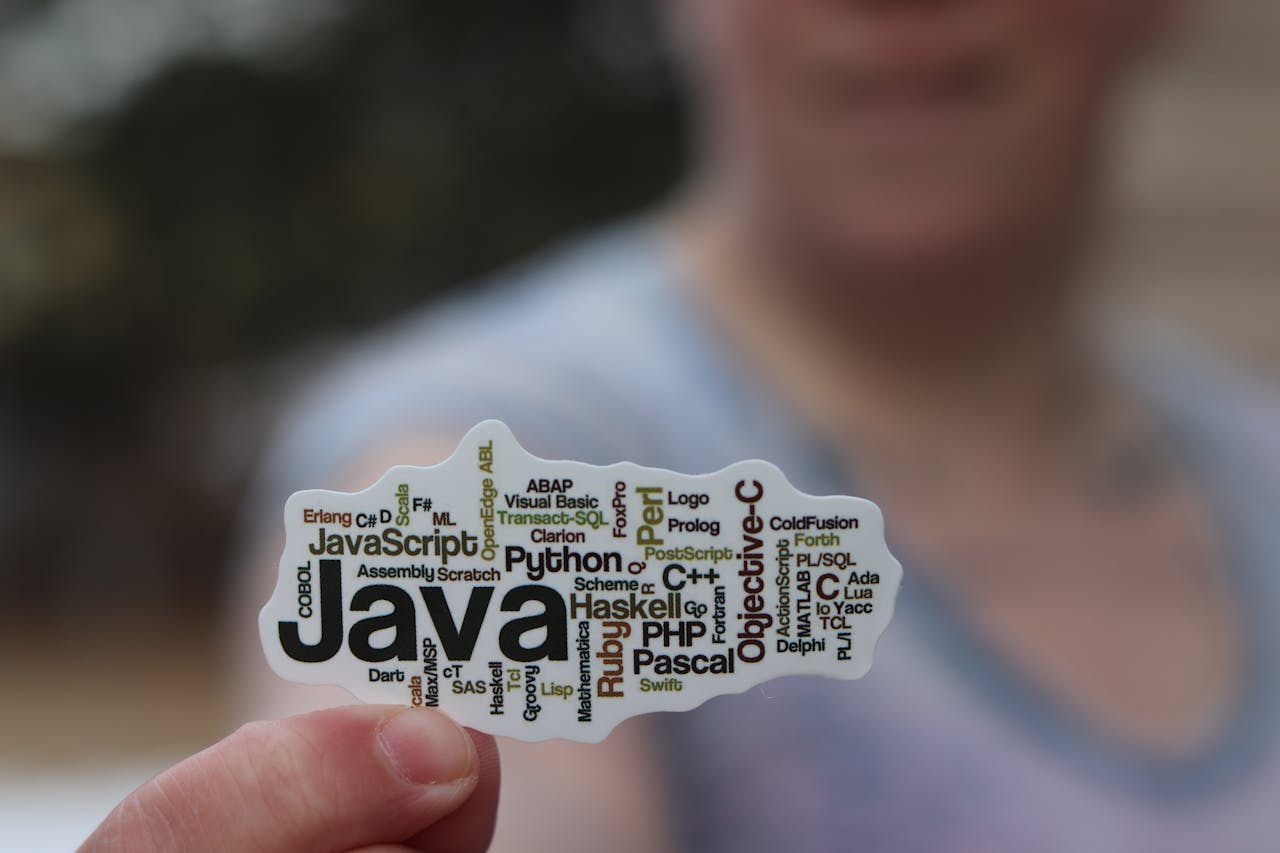In this blog, we will dive into two fundamental concepts in Java programming: arrays and strings. Understanding how to work with arrays and manipulate strings is crucial for any Java developer. We’ll cover the basics of declaring, initializing, accessing elements, and iterating through arrays, as well as explore common string manipulation methods and operations.
Working with Arrays
Declaring and Initializing Arrays
An array is a container object that holds a fixed number of values of a single type. The length of an array is established when the array is created and cannot be changed.
Declaring an Array
To declare an array in Java, you specify the type of elements the array will hold, followed by square brackets ([]), and then the array’s name.
int[] numbers; // Declares an array of integers
String[] names; // Declares an array of strings
Initializing an Array
After declaring an array, you need to initialize it with a fixed size or with specific values.
// Initializing with a fixed size
int[] numbers = new int[5]; // An array that can hold 5 integers
// Initializing with specific values
String[] names = {"Alice", "Bob", "Charlie"};
Accessing Array Elements
You can access the elements of an array by using the index position, which starts from 0.
int[] numbers = {1, 2, 3, 4, 5};
System.out.println(numbers[0]); // Outputs 1
System.out.println(numbers[4]); // Outputs 5
Iterating Through Arrays
There are several ways to iterate through an array in Java:
Using a For Loop
int[] numbers = {1, 2, 3, 4, 5};
for (int i = 0; i < numbers.length; i++) {
System.out.println(numbers[i]);
}
Using an Enhanced For Loop
String[] names = {"Alice", "Bob", "Charlie"};
for (String name : names) {
System.out.println(name);
}
Common Array Operations
Finding the Length of an Array
int[] numbers = {1, 2, 3, 4, 5};
int length = numbers.length;
System.out.println("Array length: " + length); // Outputs 5
Working with Strings
String Basics
A string is a sequence of characters. In Java, strings are objects of the String class and are immutable, meaning once a string is created, it cannot be changed.
Creating Strings
You can create a string using double quotes or by using the new keyword.
String greeting = "Hello, World!";
String anotherGreeting = new String("Hello, World!");
Common String Methods
Java provides a wide range of methods to manipulate strings. Here are some of the most commonly used ones:
Length of a String
String str = "Hello, World!";
int length = str.length();
System.out.println("Length: " + length); // Outputs 13
Concatenating Strings
You can concatenate strings using the + operator or the concat method.
String str1 = "Hello";
String str2 = "World";
String result = str1 + ", " + str2 + "!";
System.out.println(result); // Outputs "Hello, World!"
String result2 = str1.concat(", ").concat(str2).concat("!");
System.out.println(result2); // Outputs "Hello, World!"
Extracting Substrings
The substring method allows you to extract a part of a string.
String str = "Hello, World!";
String subStr = str.substring(7, 12);
System.out.println(subStr); // Outputs "World"
Converting Case
You can convert a string to upper or lower case using toUpperCase and toLowerCase.
String str = "Hello, World!";
String upperStr = str.toUpperCase();
String lowerStr = str.toLowerCase();
System.out.println(upperStr); // Outputs "HELLO, WORLD!"
System.out.println(lowerStr); // Outputs "hello, world!"
Trimming Whitespaces
The trim method removes leading and trailing whitespaces from a string.
String str = " Hello, World! ";
String trimmedStr = str.trim();
System.out.println(trimmedStr); // Outputs "Hello, World!"
String Comparisons
Using equals Method. The equals method compares the content of two strings for equality.
String str1 = "Hello";
String str2 = "Hello";
boolean isEqual = str1.equals(str2);
System.out.println(isEqual); // Outputs true
Using compareTo Method
String str1 = "Hello";
String str2 = "World";
int result = str1.compareTo(str2);
System.out.println(result); // Outputs a negative number because "Hello" is lexicographically less than "World"
Conclusion
Arrays and strings are fundamental to Java programming. Arrays provide a way to store multiple values of the same type in a single data structure, while strings allow for the manipulation of textual data. By understanding how to declare, initialize, access, and manipulate arrays and strings, you can handle a wide range of programming tasks more efficiently.




